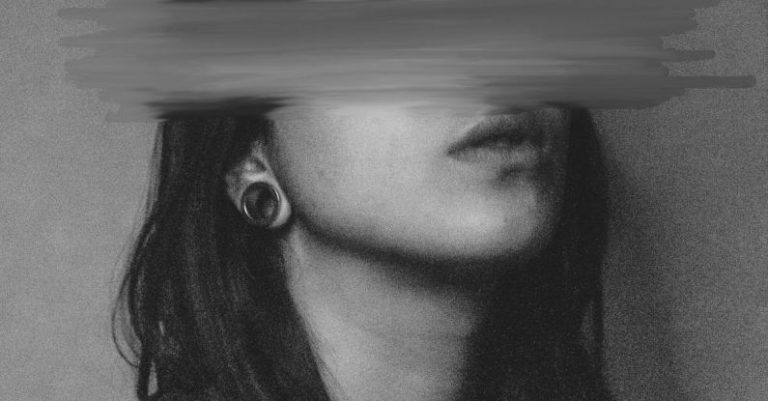Can Virtual Reality Be Used in Craft Design?

Craft design has always been a dynamic field that continuously seeks innovative ways to enhance creativity and productivity. With the rapid advancements in technology, virtual reality (VR) has emerged as a promising tool that could revolutionize the craft design industry. The question on many minds is: Can virtual reality be effectively utilized in craft design? Let’s delve into this intriguing topic and explore the potential applications of VR in the world of crafting.
Enhancing Creative Visualization
One of the most significant benefits of incorporating virtual reality into craft design is its ability to enhance creative visualization. Traditional design processes often involve sketching ideas on paper or creating digital mock-ups on a computer screen. While these methods have their merits, they can sometimes fall short in fully capturing the three-dimensional aspects of a design. Virtual reality offers designers the opportunity to immerse themselves in a virtual environment where they can interact with their creations in a more tangible way.
By donning a VR headset, designers can explore their designs from all angles, allowing them to identify potential flaws or areas for improvement that may not have been apparent in 2D sketches. This immersive experience enables designers to gain a deeper understanding of their creations and make more informed decisions throughout the design process. Moreover, virtual reality can also facilitate collaboration among team members by providing a shared virtual space where ideas can be visualized and discussed in real-time.
Streamlining Prototyping and Testing
Another compelling application of virtual reality in craft design is the streamlining of prototyping and testing processes. Traditionally, creating physical prototypes can be time-consuming and costly, especially when multiple iterations are required to achieve the desired outcome. Virtual reality offers a cost-effective alternative by allowing designers to create and test virtual prototypes without the need for physical materials.
Designers can manipulate virtual objects, experiment with different shapes and colors, and test various design iterations within the virtual environment. This iterative process not only accelerates the prototyping phase but also enables designers to explore a wider range of design possibilities in a shorter amount of time. Additionally, virtual reality can simulate real-world conditions, such as lighting and texture, providing designers with a more realistic representation of how their designs will look and feel in the physical realm.
Enhancing Customer Engagement
In the world of craft design, engaging customers and eliciting feedback are crucial aspects of the design process. Virtual reality offers a unique opportunity to enhance customer engagement by allowing them to experience and interact with products in a virtual setting. Whether showcasing a new furniture collection or a custom jewelry piece, VR can provide customers with a more immersive and personalized shopping experience.
By incorporating virtual reality into their sales and marketing strategies, craft designers can offer customers the ability to customize products, visualize them in different environments, and even participate in the design process. This level of interactivity can not only increase customer satisfaction but also foster a sense of connection and ownership towards the products. Additionally, virtual reality can be leveraged to conduct virtual showrooms or exhibitions, reaching a broader audience and expanding the reach of craft designers beyond traditional brick-and-mortar stores.
Unlocking New Design Possibilities
The integration of virtual reality in craft design opens up a world of new possibilities that were previously unattainable through traditional design methods. From creating interactive installations to designing immersive experiences, VR technology empowers designers to push the boundaries of creativity and explore innovative design concepts.
By harnessing the capabilities of virtual reality, craft designers can craft unique experiences that captivate audiences and leave a lasting impression. Whether designing for art installations, fashion shows, or interior spaces, VR technology offers a platform for designers to experiment with new materials, forms, and interactions that redefine the boundaries of craft design. The fusion of traditional craftsmanship with cutting-edge technology opens up a realm of endless possibilities, paving the way for a new era of creativity and innovation in the craft design industry.
Embracing the Future of Craft Design
As virtual reality continues to evolve and become more accessible, its integration into the world of craft design holds immense promise for designers, creators, and consumers alike. The ability to enhance creative visualization, streamline prototyping processes, engage customers in new ways, and unlock innovative design possibilities positions VR as a valuable tool that can revolutionize the craft design industry.
By embracing the potential of virtual reality and exploring its applications in craft design, designers can elevate their craft to new heights, break free from traditional constraints, and embark on a journey of limitless creativity. The marriage of craftsmanship with technology heralds a future where artistry knows no bounds, and the possibilities for design are as boundless as the imagination itself. As we look towards the future of craft design, the integration of virtual reality stands as a beacon of innovation that promises to shape the industry in ways we have yet to imagine.





